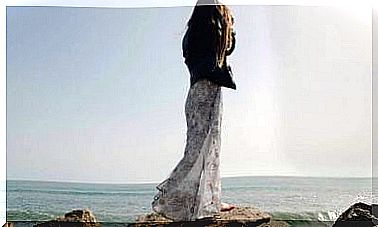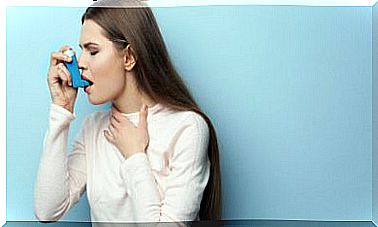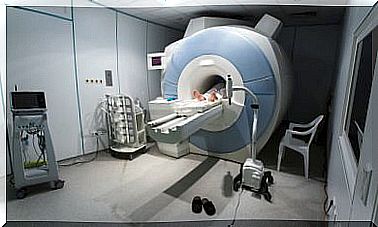Types Of Burns: Care And Treatment According To Their Degree
There are several types of burns and the most serious are those of the third degree, especially if they involve a large surface area of the skin. These kinds of injuries may require emergency care, as they are eventually life-threatening.
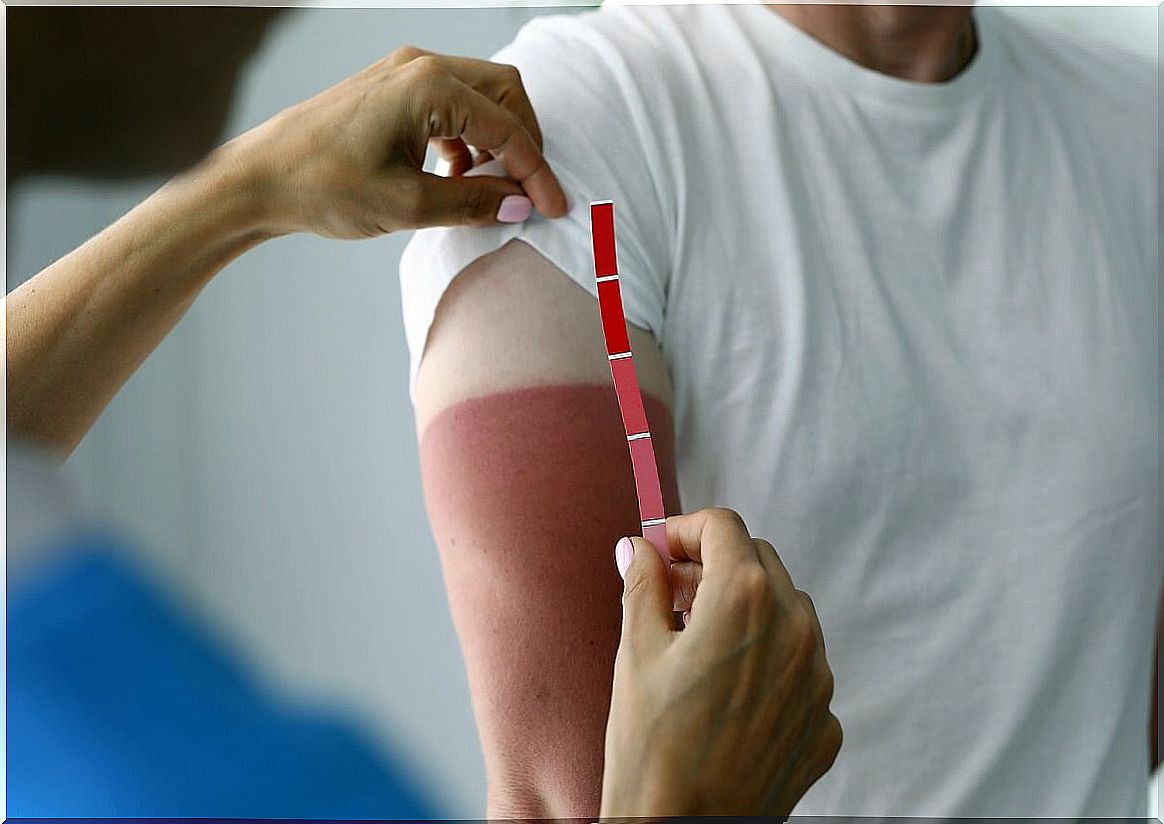
There are several types of burns and each of them requires specific care and treatment. The determining factor is the degree of injury, that is, how many layers of skin are compromised.
In most cases, burns are caused by contact with high temperature sources. Likewise, its trigger may be exposure to the sun, electrical sources or certain chemical products. What should you know about it?
Types of burns, care and treatments
Burns are classified according to their extent and degree. In the first case, it has to do with the body surface covered by the injury. Meanwhile, the second refers to the level (layers of skin and other tissues) of affectation suffered by the person.
The types of burns according to their extension can be the following:
- Minor. They are said to be minor burns when the affected surface represents up to 10% of the total body surface
- Moderate. Refers to cases in which the injury occupies between 10% and 20% of the body
- Graves. They are those injuries that exceed 20% of the body surface.
Depending on their degree, burns can be first, second or third degree. We will talk about each one of them and how it should be treated, depending on the case.
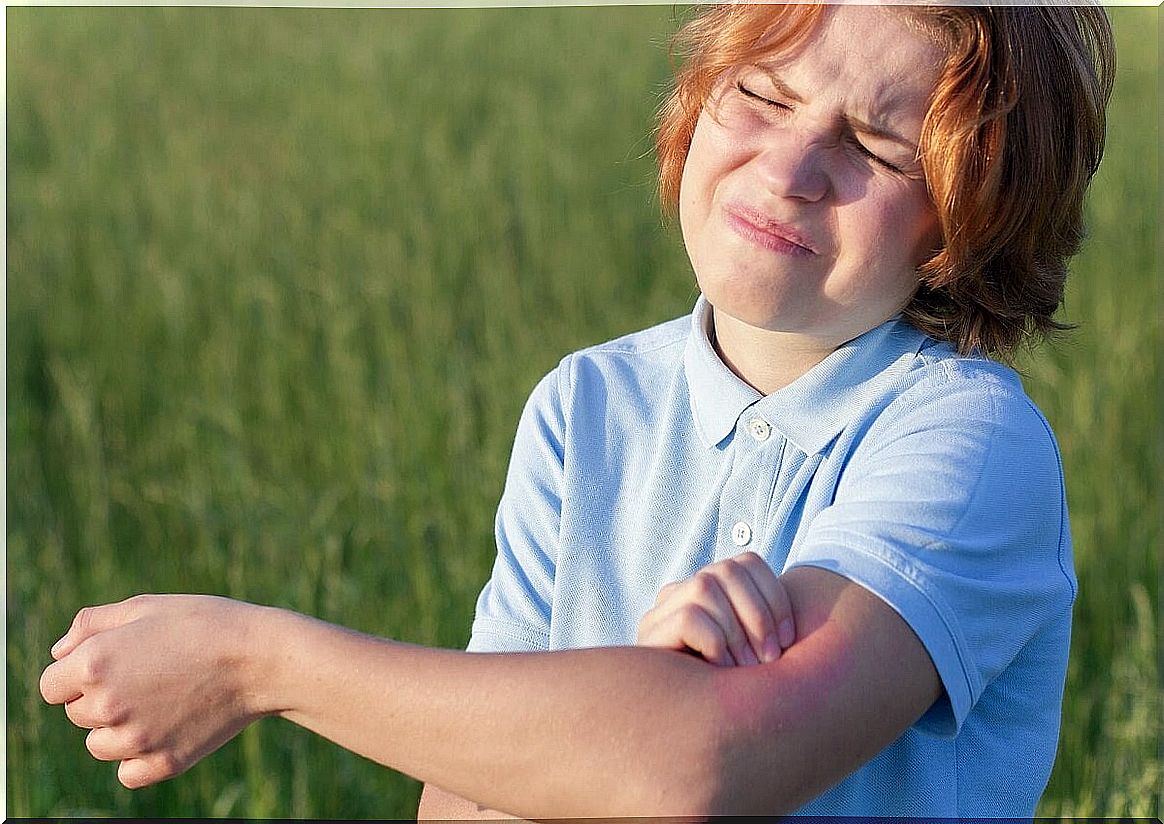
First degree burns
Of the three types of burns, first degree burns are considered the least serious. These are lesions that affect only the outer layer of the skin, that is, the epidermis. Although they cause redness, swelling and itching in some cases, they rarely leave after-effects on the body. They are called erythema or epidermal.
Its main clinical manifestations are the following:
- Appearance of intradermal blisters, which are microscopic.
- Dry skin.
- Redness of the injured area.
- Desquamation and destruction of the superficial layers of the skin.
- Burning or severe pain.
- Increased sensitivity in the affected area.
These burns can be treated at home. The first thing to do is remove the clothing that covers the burned area, if it is not adhering to the skin. If the burn was caused by contact with a chemical, remove all clothing and cool the area with water at room temperature. Do not use ice because it could be counterproductive.
If the injury was caused by a chemical agent, run clean water over the injury for 10 to 15 minutes. Then, it should be washed with soap and water. Blisters should not be broken.
You can apply some balm with aloe vera or petroleum jelly on the injury. If necessary, the area must be isolated using materials such as gauze, which do not adhere.
Second degree burns
In second-degree burns, the destruction reaches the epidermis and part of the dermis (which is the layer of skin below the epidermis). They are subdivided into two types of burns:
- Superficial, when the lesion occupies the first layer of skin and part of the second.
- Deep, when there is damage to the middle layer of skin or to the sweat or sebaceous glands.
If they are superficial, their appearance is usually uniform pink and, when applying pressure, white. There is also severe pain and tenderness in the affected area. On the other hand, if they are deeper, the appearance is usually pale. In this case there may be insensitive areas. The healing process is slow and dark blisters appear while it lasts.
It is advisable to go to the doctor’s office. Until you get to the consultation, you should act in a similar way to that described in first degree burns:
- Clean the area with water at room temperature.
- Do not break the blisters.
- If the blisters have not broken, apply antiseptic and then burn ointment.
It is advisable to use non-stick dressings to protect the affected area from rubbing or contamination. Hygiene of the lesion should be done in the most sterile way possible: using disposable gloves and cleaning with the products indicated by the doctor. And if you are in a lot of pain, you can take over-the-counter pain relievers.
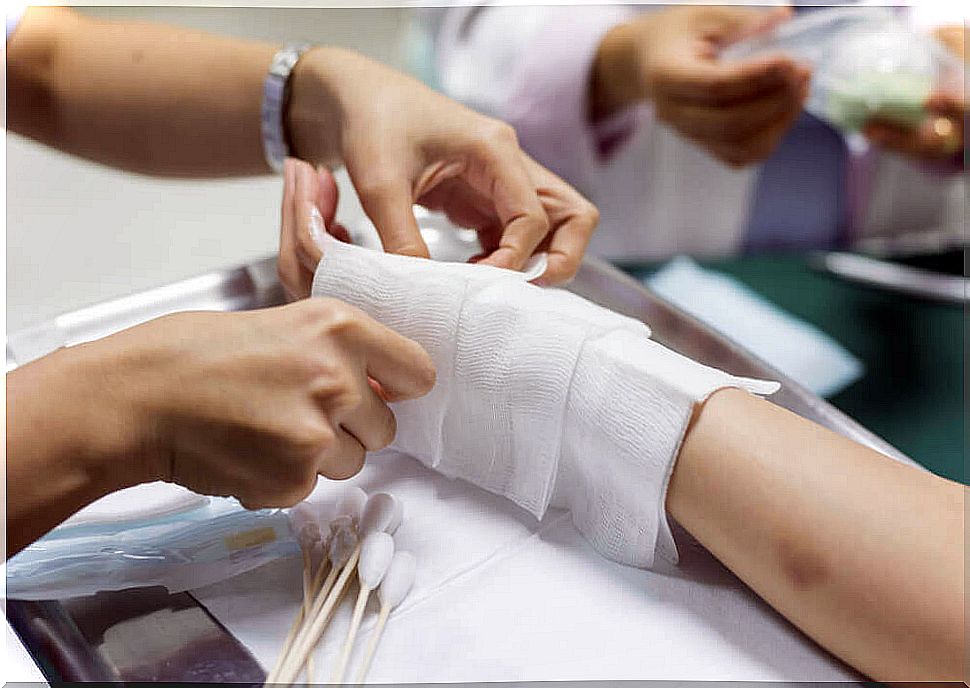
Third degree burns
These types of burns are considered major. They are called “full thickness” because they destroy the entire thickness of the skin. Its distinctive signs are the following:
- Pale coloration
- Whitish eschar.
- Blackish eschar, if there is charred tissue.
- Areas with coagulated tissues and vessels.
- The destruction of nerve endings makes you feel painless.
These injuries are often surrounded by first and second degree burns. In cases of suffering them, you should call the emergency room immediately. Timely care is key to reducing the risk of deformation, disability, and inadequate healing.
Likewise, fatal outcomes are prevented, since these injuries can cause death, especially in children or the elderly. Unlike the other cases, it is not advisable to remove clothing from the burned area, if you place water on the injury.
The person’s vital signs should be monitored and the affected body area elevated. It is advisable to wrap the burned area with a clean sheet, while waiting for professional assistance.
All types of burns require treatment
Regardless of the type of burn, it is important to access treatment according to the case. With proper management, first and second graders have a good prognosis. In fact, they rarely leave any kind of scar.
Regarding severe burns, it must be considered that they are a medical emergency that may require several types of clinical approach. Therefore, there is no waiting to seek care.
